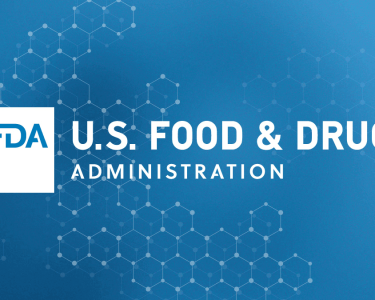
This paper describes the studies of the in vitro biotransformation of nandrolone decanoate and its metabolic fate in equine plasma and urine after intramuscular administration to castrated thoroughbred horses. For doping control purpose, nandrolone decanoate itself could be a suitable target analyte in horse plasma for effectively controlling its misuse in equine sports.
ABSTRACT
This paper describes the studies of the in vitro biotransformation of nandrolone decanoate and its metabolic fate in equine plasma and urine after intramuscular administration to castrated thoroughbred horses. The in vitro metabolic study was performed using homogenised horse liver, and the more prominent in vitro biotransformation pathways were found to include hydrolysis, reduction, oxidation and sulfation, mainly resulting in seven Phase I metabolites and one Phase II metabolite. The administration study of nandrolone decanoate was carried out using three retired thoroughbred geldings, each of which was administered intramuscularly with 800 mg of nandrolone decanoate (Deca-Durabolin) once weekly for three consecutive weeks. Nandrolone decanoate and the majority of the identified in vitro metabolites were detectable in post-administration plasma samples for at least 20 days (last sample collected) after the last administration. Although nandrolone decanoate was not found in any post-administration urine, nandrolone (as a metabolite) and its downstream metabolites can be detected for at least 20 days post-administration (last sample collected). For doping control purpose, nandrolone decanoate itself could be a suitable target analyte in horse plasma for effectively controlling its misuse in equine sports.



